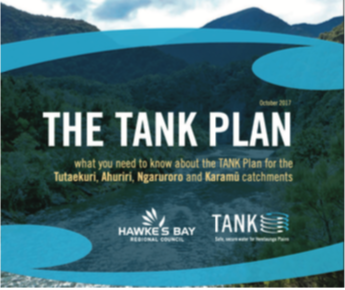In April 2018, MfE and Stats NZ published the Our land 2018 report, which is a comprehensive assessment of how human activity is affecting the state of New Zealand’s land to date. The report identified two main pressures facing highly productive land on the edge of towns and cities:
- expansion of urban areas, and the accompanying loss of productive land; and
- change of land-use on the fringes of urban areas, in particular the increase in lifestyle blocks.In response, the Government has proposed the National Policy Statement – Highly Productive Land (NPS-HPL) to prevent the loss of productive land and promote its sustainable management.
The overall purpose of the proposed NPS-HPL is to improve the way highly- productive land is managed under the Resource Management Act 1991 (RMA) to:
- recognise the full range of values and benefits associated with its use for primary production
- maintain its availability for primary production for future generations
• protect it from inappropriate subdivision, use, and development.
Alongside this, the Action for Healthy Waterways Summary document, which is an ‘at a glance’ summary of the discussion document informing amendments to the National Policy Statement for Freshwater Management (NPS-FM), reports urgent action is required to improve water quality. In summary the amendments to the NPS- FM are seeking:
• better management of stormwater and wastewater
• no further loss of wetlands and streams
• tighter controls to prevent sediment loss from earthworks and urban development
• farmers and growers understanding and managing environmental risks and following good practice
• new standards and limits on some farming activities in some regions or catchments.
The Government is also continuing work in other areas of freshwater, including allocation of allowances to discharge nutrients, institutional/ oversight arrangements for the freshwater management system, and addressing Māori rights and interests in freshwater.
It is a busy time for both the rural and urban environments. On one hand the NPS-HPL is all about preserving production potential, but on the other hand primary producers feel that the combined effect of increased restriction and considerable changes to operating procedures arising from freshwater reforms, exacerbated by short timeframes, is limiting the potential and certainty of the primary sector.
Issues associated with urban environments are ALSO facing similar ironies. On one hand, communities want to see rapid improvements in water quality, but are apprehensive around changes to stormwater discharge requirements and increased rates to invest in improved infrastructure.
Here in Hawke’s Bay we’re in the thick of it, we’ve got all the issues at our back door about to be played out during the next term of Council.
There will be debates around competing interests, timeframes and what should be invested in, and our Councillors and Councils will need to grapple with changes at both the local and national level and how national policies and local outcomes can be aligned to achieve the sought of place we want to live, work and play in.
A national direction and framework is important in managing complex issues, however the question will be how much we can plan for our own communities and how free we will be to develop our own methods and approaches taking into account the very realistic needs and constraints of the different sectors of our community.
The first test will come with the Hawke’s Bay Regional Council TANK Plan Change, which will introduce new management regimes and requirements affecting landuse, the use off freshwater and discharge activities in the Tutaekuri, Ahuriri Ngaruroro and Karamu catchments. This has been 7 years in the making already, so it’s going to be very interesting to see how things play out in what is arguably a far more sensitive and demanding environment now.



